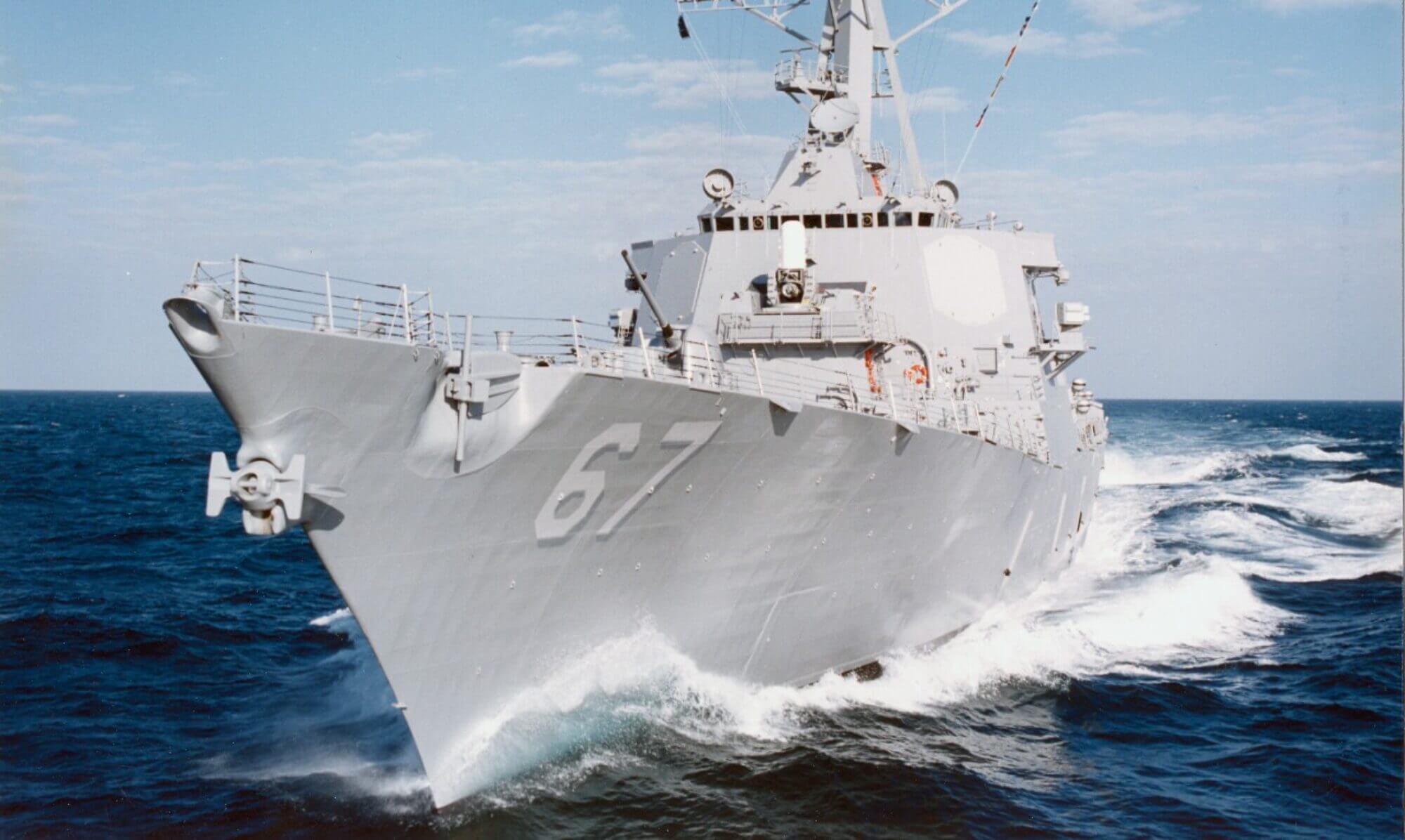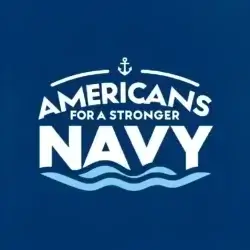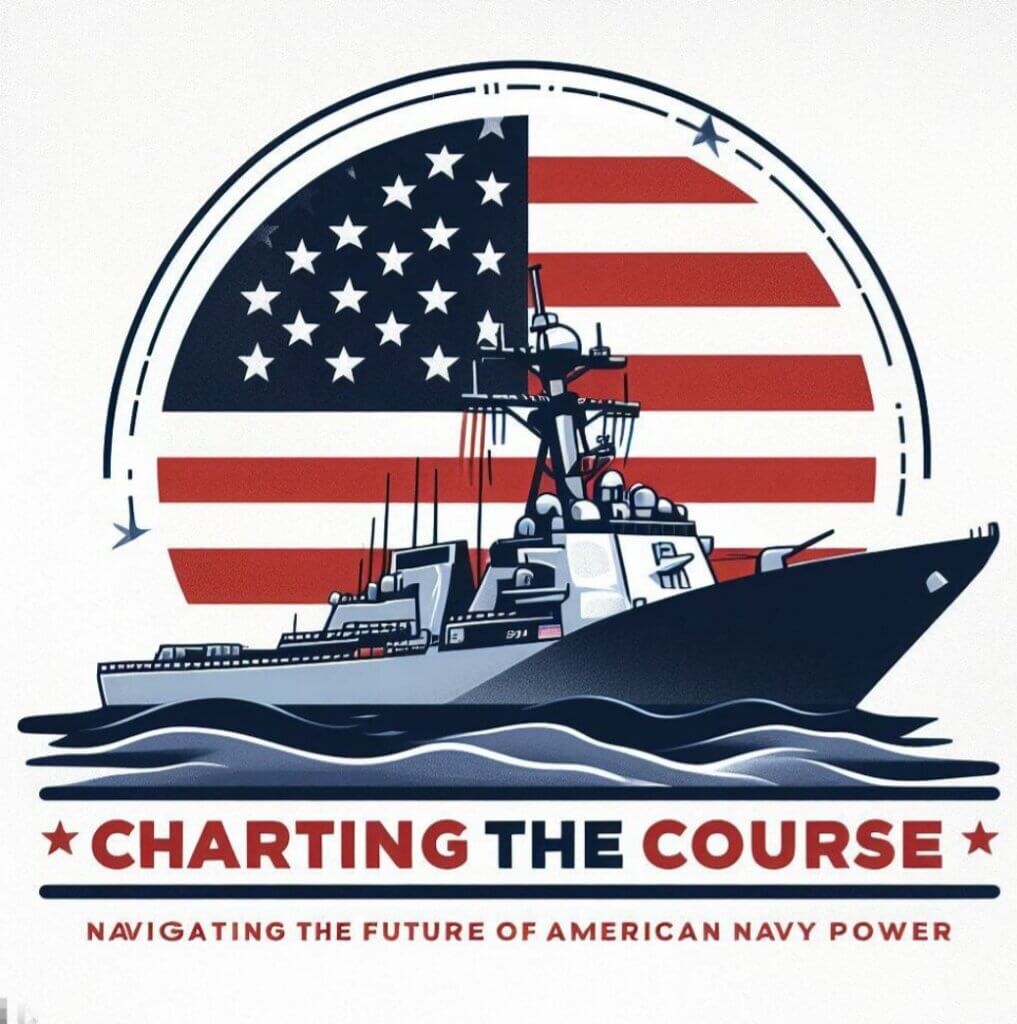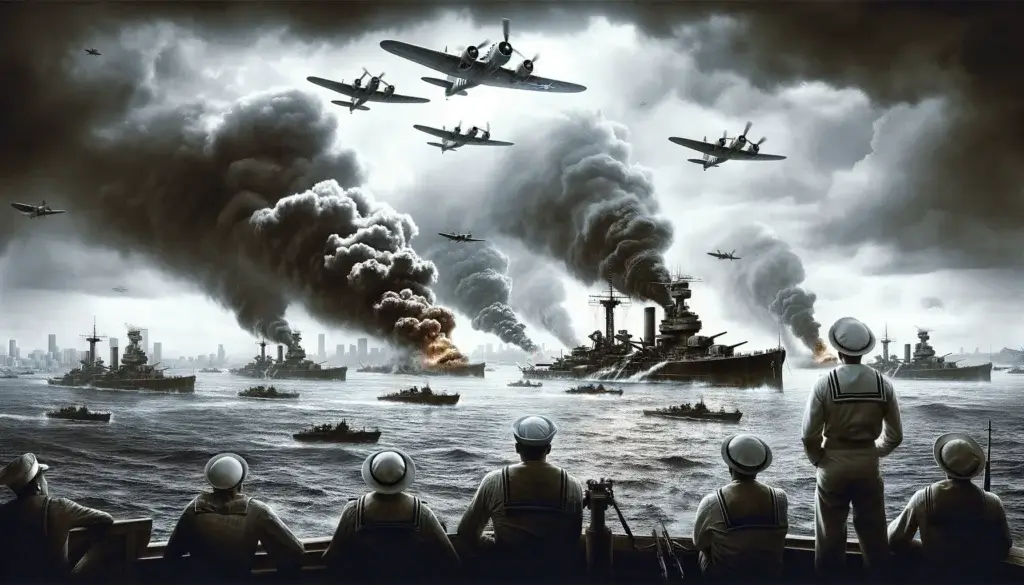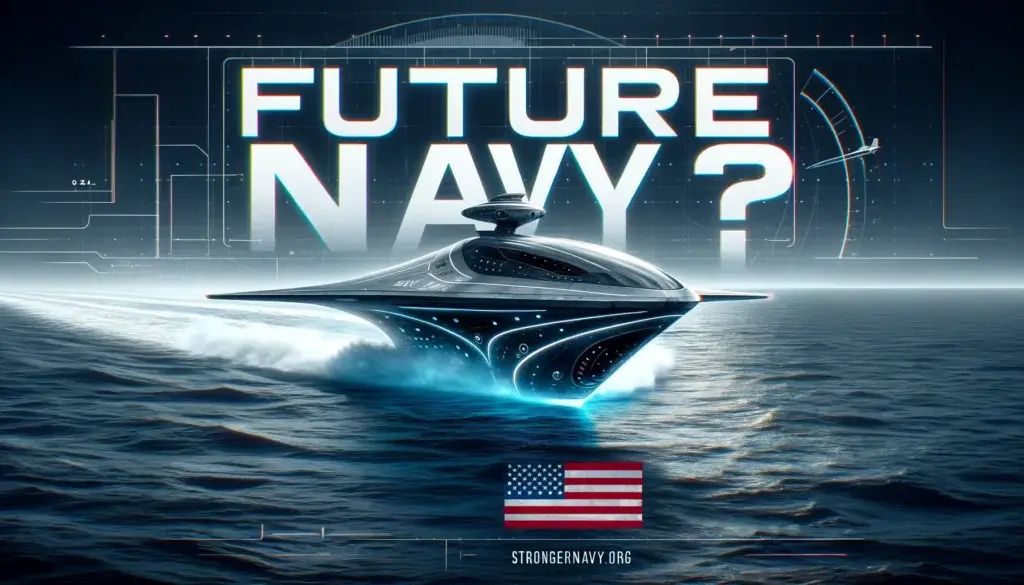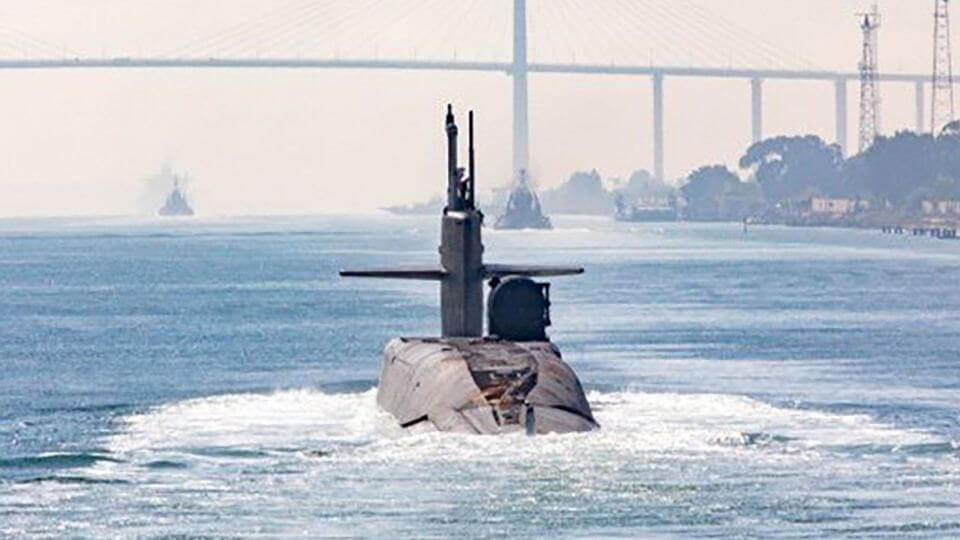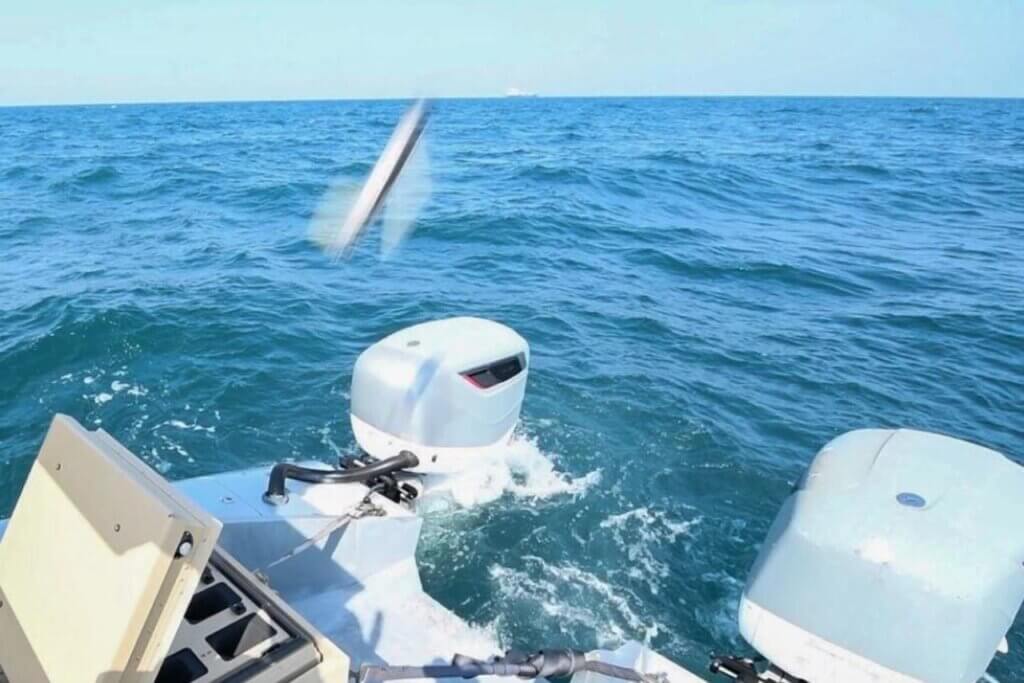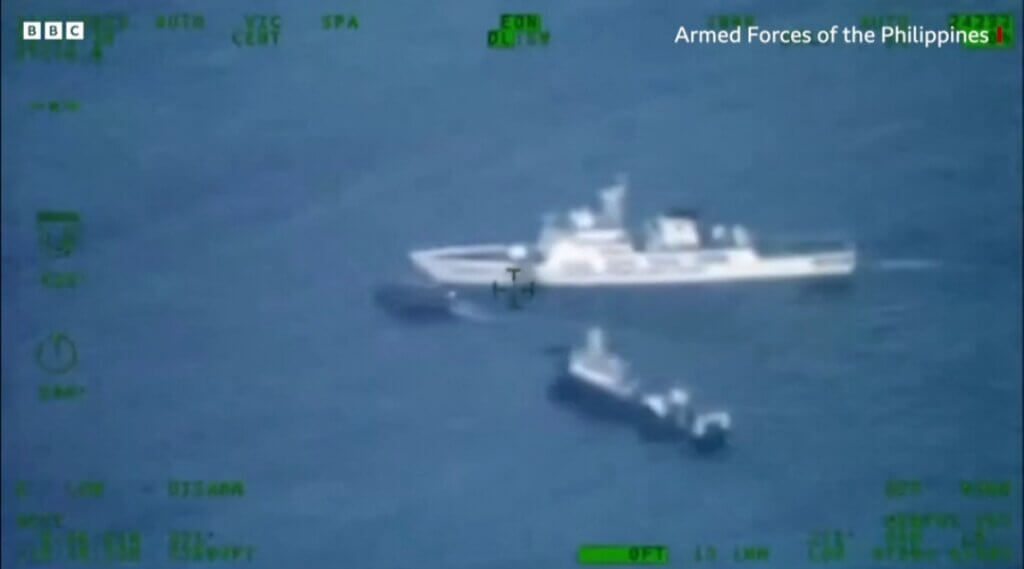
The US Navy has a vital role in ensuring the security and stability of the Middle East and the world. However, recent events have shown that the Navy is facing new and complex threats in the Red Sea and the Suez Canal, two strategic waterways that connect Europe, Asia and Africa.
Why the Red Sea matters
The Red Sea is a narrow and shallow body of water that separates Africa from the Arabian Peninsula. It is a crucial route for global trade, as it links the Mediterranean Sea to the Indian Ocean through the Suez Canal. According to the US Energy Information Administration, about 9% of the world’s seaborne oil trade passes through the Red Sea.
The Red Sea is also a hotspot for regional conflicts and tensions. On one side, there is Yemen, where a civil war has been raging since 2014 between the internationally recognized government and the Iran-backed Houthi rebels. The Houthis have repeatedly attacked Saudi Arabia, a US ally and the leader of a coalition that supports the Yemeni government, with missiles, drones and naval mines. The Houthis have also targeted commercial ships and oil tankers in the Red Sea, posing a threat to maritime security and the global energy supply
On the other side, there is Egypt, which controls the Suez Canal and has a long-standing rivalry with Ethiopia over the Nile River. Ethiopia is building a massive hydroelectric dam on the Nile, which Egypt fears will reduce its share of the water and endanger its food security. The dispute has escalated into a diplomatic crisis, with both countries accusing each other of violating international law and threatening military action. The US has tried to mediate the conflict, but so far without success.
Why the Suez Canal matters
The Suez Canal is a man-made waterway that connects the Mediterranean Sea to the Red Sea. It was built by the French in the 19th century and nationalized by Egypt in 1956, sparking a war with Britain, France and Israel. The canal was closed twice in the 20th century, during the Suez Crisis of 1956 and the Six-Day War of 1967, disrupting global trade and triggering oil crises. The canal was reopened in 1975 and has since been expanded and modernized to accommodate larger ships and more traffic.
The Suez Canal is one of the most important chokepoints in the world, as it allows ships to avoid the long and costly detour around Africa. According to the Suez Canal Authority, about 50 ships pass through the canal every day, carrying about 12% of the world’s trade and 8% of the world’s oil. The canal is also a strategic asset for the US Navy, as it enables the rapid deployment of naval forces from the Mediterranean to the Indian Ocean and vice versa.
The Suez Canal, however, is not immune to accidents and disruptions. In March 2021, a giant container ship, the Ever Given, ran aground in the canal and blocked it for six days, causing a massive traffic jam and a global supply chain crisis. The incident highlighted the vulnerability of the canal to human error, technical failure and bad weather. It also raised questions about the adequacy of the canal’s infrastructure, management and security
Why America should care
The US has a vital interest in maintaining the security and stability of the Red Sea and the Suez Canal, as they are essential for the global economy, the energy market and the regional balance of power. The US also has a moral and legal obligation to protect its allies and partners in the region, such as Saudi Arabia, Israel and Egypt, from external and internal threats.
The US Navy, therefore, has a key role in safeguarding the freedom of navigation and the flow of commerce in these waterways. The Navy has deployed several ships and aircraft to the region, including the USS Carney, a guided-missile destroyer that has shot down several drones launched by the Houthis in the Red Sea.
In addition to the USS Carney, the US Navy has also announced a new international mission to counter the escalating Houthi attacks on ships in the Red Sea. The mission, dubbed Operation Sentinel, aims to enhance maritime security and deter aggression in the region. The US will work with its allies and partners, such as Saudi Arabia, the United Arab Emirates, and the United Kingdom, to provide escort and surveillance services to commercial vessels and ensure the freedom of navigation in the vital waterway. The Navy has also offered to help the Egyptian authorities to clear the Suez Canal after the Ever Given incident.
However, the Navy also faces new and complex challenges in the region, such as the increasing sophistication and proliferation of the Houthi weapons, the rising tensions and potential conflicts between Egypt and Ethiopia, and the growing influence and presence of other actors, such as Russia, China and Iran. The Navy also has to balance its resources and priorities with other regions, such as the Indo-Pacific and Europe, where it faces similar or greater threats.
The US Navy, therefore, needs to adapt and innovate to cope with the changing dynamics and demands in the Red Sea and the Suez Canal. The Navy needs to enhance its intelligence, surveillance and reconnaissance capabilities, to detect and deter any hostile or suspicious activities in the region. The Navy also needs to strengthen its cooperation and coordination with its allies and partners, to share information, resources and responsibilities. The Navy also needs to invest in its infrastructure, technology and personnel, to ensure its readiness and resilience.
The Red Sea and the Suez Canal are vital lifelines for the world and the US. The US Navy is the guardian of these lifelines, and it must be prepared and equipped to face any challenges and opportunities in the region.
This just in from Reuters:
U.S. Secretary of Defense Lloyd Austin announced on Tuesday plans to set up a multinational coalition to safeguard Red Sea shipping called Operation Prosperity Guardian.
During a trip to the Middle East, he said the operations would be joined by Britain, Bahrain, Canada, France, Italy, the Netherlands, Norway, Seychelles and Spain.
This has been the response according to Reuters
France
France’s Defence Ministry said it supported efforts to secure freedom of navigation in the Red Sea and surrounding area and said it already operated in the region. But it said its ships would stay under French command and did not say if it would deploy more naval forces.
Advertisement · Scroll to continue
Report this ad
France has a naval base in the United Arab Emirates and 1,500 troops in Djibouti. Its frigate Languedoc is now in the Red Sea.
Italy
Italy’s Defence Ministry said it would send naval frigate Virginio Fasan to the Red Sea to protect its national interests in response to specific requests made by Italian shipowners.
It said this was part of its existing operations and was not part of Operation Prosperity Guardian.
Spain
Spain’s Defence Ministry said it would only participate in NATO-led missions or EU-coordinated operations. “We will not participate unilaterally in the Red Sea operation,” it said.
Britain
Britain said destroyer HMS Diamond would join Operation Prosperity Guardian. Britain’s defence ministry said the coalition would operate as part of the U.S.-led CMF.
Others
The Netherlands said it would send two staff officers and Norway said it would send 10 naval officers to Bahrain, the headquarters of CMF.
KEY POINTS ACCORDING T0 CNBC
The U.S. launched Operation Prosperity Guardian, an expansion of its maritime defense force in the Red Sea amid mounting attacks from the Iran-backed Houthi rebel group.
Several major companies like BP and Maersk have paused shipping in the Red Sea as danger from Houthi drone strikes escalates.
An expanded military presence in the Red Sea comes as the U.S. eyes potential flare-ups of spreading regional conflict as the Israel-Hamas war continues.
Share this blog post with your friends, family, and network to spread the word about the US Navy and its challenges in the Red Sea and the Suez Canal. The more people know about the Navy and its role, the more they will appreciate and support it. You can share this blog post on social media, email, or any other platform you prefer. You will also help us to reach more potential supporters.
